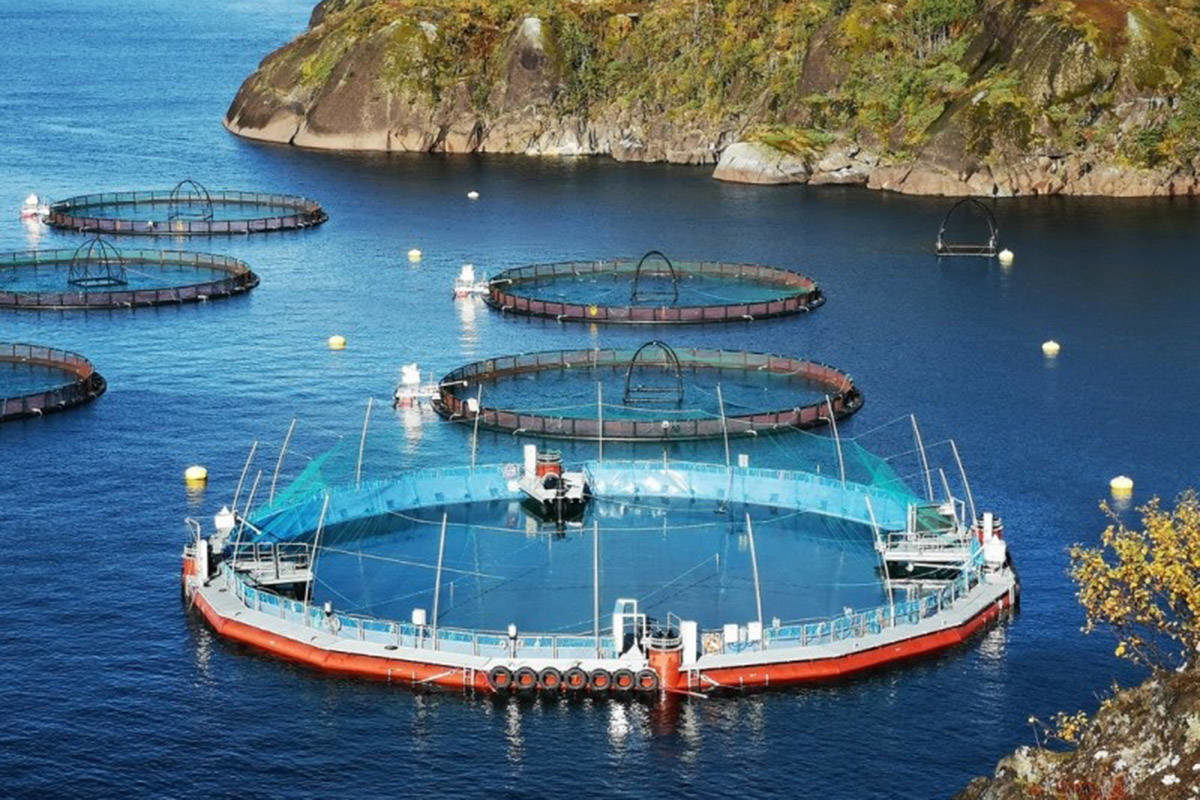The purpose of personalized marketing is to introduce potential customers to content perceived to be important in light of prior behavior or preferences. This kind of advertisement, also regarded as the best way to display publicity in the future, has recently become increasingly popular (Yu & Cude, 2009; Wegert, 2015). An increasing number of organizations use individual data, for example locations and purchase records, to tailor ads for their individual preferences (White, Zahay, Thorbjørnsen, & Shavitt, 2008) Personalised advertisement is deemed to be perceived as more relevant then non-personalised advertisements and has an increased degree of credibility resulting in a positive attitude towards the advertisement (Alnahdi et al., 2014).
However, there is a not a clear distinction between what consumers feel is useful when it comes to the use of personal data and what disturbs customers. In terms of personalised advertising based on the consumer’s behaviour online, the private protection concerns have a major influence on the attitude towards an advertising of customers (Alnahi, Ali Alkayid, 2004). People are considered more comfortable when it becomes apparent what type of information the company uses and where this is stored online (Stewart & Segars, 2002). Nonetheless, which type of data is accesible for businesses is often ambiguousand therefore gives consumers a confusing sensation (Stanaland, Lwin, & Miyazaki, 2011). Customizing an ad highlights the ability of marketers to obtain personal data, often deliberately directed by the customer to their company (Beak & Morimoto, 2012). This creates a sense of mistrust and concerns regarding privacy protection (Ziesak, 2013).
I personally find personalized ads useful and entertaining, which makes me forget about privacy issues. Concerns about privacy are considered to be different from one person to another.For example, when personal information is publicity-exposed people with comparatively more Internet experience are perceived to have less privacy concerns (Bellmann et al., 2004). Moreover, internet users ‘ personality traits lead to different opinions on privacy concerns about the disclosure of personal information. I am curious to know what you think about personalised advertisement? Is it useful for you? or do you think privacy concerns might counterbalance the positive effects of personalisation?
Alnahdi, S., Ali, M., & Alkayid, K. (2014). The effectiveness of online advertising via the behavioural targeting mechanism. The Business & Management Review, 5(1),
Beak, T., & Morimoto, M. (2012). Stay away from me, examining the determinants of individual avoidance of personalized advertising. Journal of Advertising, 41,59–76.
Bellman, S., Schweda, A., & Varan, D. (2010). The residual impact of avoided television advertising. Journal of advertising, 39(1), 67–82.
Stewart, K. A., & Segars, A. H. (2002). An empirical examination of the concern for information privacy instrument. Information systems research, 13(1), 36–49.
Stanaland, A. J., Lwin, M. O., & Miyazaki, A. D. (2011). Online privacy trustmarks: Enhancing the perceived ethics of digital advertising. Journal of Advertising Research, 51(3), 511–523.
Wegert, T. (2015, Jun). The future is personalised. Clickz. Retrieved fromhttps://www.clickz.com/the-future-is-personalized/25734/
White, T. B., Zahay, D. L., Thorbjørnsen, H., & Shavitt, S. (2008). Getting too personal: Reactance to highly personalized email solicitations. Marketing Letters, 19(1), 39–50.
Yu, J., & Cude, B. J. (2009). Possible disparities in consumers’ perceptions toward personalized advertising caused by cultural differences: Us and korea. Journal of International Consumer Marketing, 21(4), 251–269.
Ziesak, J. (2013). The dark side of personalization: Online privacy concerns influence customer behavior. Anchor Academic Publishing (aap_verlag).


